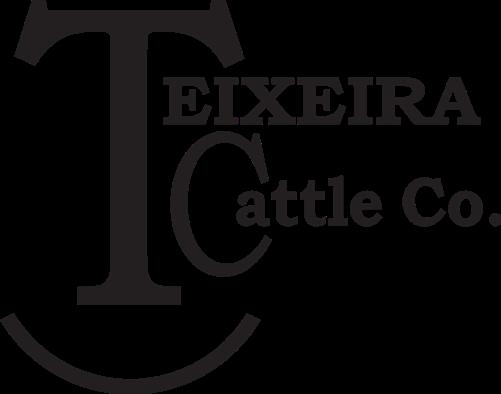
2 minute read
$VALUE INDEXES
$VALUES Dollar value indexes, or $values, or a tool used to select for several traits at once based on a specific breeding objective. An economic index approach takes into account genetic and economic values as well as the relationships between traits to select for profit.
$VALUES Dollar value indexes, or $values, or a tool used to select for several traits at once based on a specific breeding objective. An economic index approach takes into account genetic and economic values as well as the relationships between traits to select for profit.
MATERNAL WEANED CALF VALUE ($M) an index, expressed in dollars per head, predicts profitability differences from conception to weaning with the underlying breeding objective assuming that individuals retain their own replacement females within herd and sell the rest of the cull female and all male progeny as feeder calves. The model assumes commercial producers will replace 25% of their breeding females in the first generation and 20% of their breeding females in each subsequent generation. Traits included are as follows: calving ease direct, calving ease maternal, weaning weight, milk, heifer pregnancy, docility, mature cow weight, claw set and foot angle.
MATERNAL WEANED CALF VALUE ($M) an index, expressed in dollars per head, predicts profitability differences from conception to weaning with the underlying breeding objective assuming that individuals retain their own replacement females within herd and sell the rest of the cull female and all male progeny as feeder calves. The model assumes commercial producers will replace 25% of their breeding females in the first generation and 20% of their breeding females in each subsequent generation. Traits included are as follows: calving ease direct, calving ease maternal, weaning weight, milk, heifer pregnancy, docility, mature cow weight, claw set and foot angle.
GRID VALUE ($G) an index, expressed in dollars per carcass, to predict profitability differences in progeny due to genetics for carcass grid merit compared to progeny of other sires. The underlying objective assumes producers will market cattle on an above industry-average carcass grid. Traits included in the index are as follows (in no particular order): carcass weight, marbling, ribeye area, and fat.
GRID VALUE ($G) an index, expressed in dollars per carcass, to predict profitability differences in progeny due to genetics for carcass grid merit compared to progeny of other sires. The underlying objective assumes producers will market cattle on an aboveindustry-average carcass grid. Traits included in the index are as follows (in no particular order): carcass weight, marbling, ribeye area, and fat.
BEEF VALUE ($B) a terminal index, expressed in dollars per carcass, to predict profitability differences in progeny due to genetics for postweaning and carcass traits. This terminal index assumes commercial producers wean all male and female progeny, retain ownership of these animals through the feedlot phase and market these animals on a carcass grid. Traits included in the index are as follows: yearling weight, dry-matter intake, marbling, carcass weight, ribeye area and fat.
BEEF VALUE ($B) a terminal index, expressed in dollars per carcass, to predict profitability differences in progeny due to genetics for postweaning and carcass traits. This terminal index assumes commercial producers wean all male and female progeny, retain ownership of these animals through the feedlot phase and market these animals on a carcass grid. Traits included in the index are as follows: yearling weight, dry-matter intake, marbling, carcass weight, ribeye area and fat.
COMBINED VALUE ($C) an index expressed in dollars per head, includes all traits that make up both $M and $B with the objective that commercial producers will replace 20% of their breeding females per year with replacement heifers retained within their own herd.
COMBINED VALUE ($C) an index expressed in dollars per head, includes all traits that make up both $M and $B with the objective that commercial producers will replace 20% of their breeding females per year with replacement heifers retained within their own herd.






